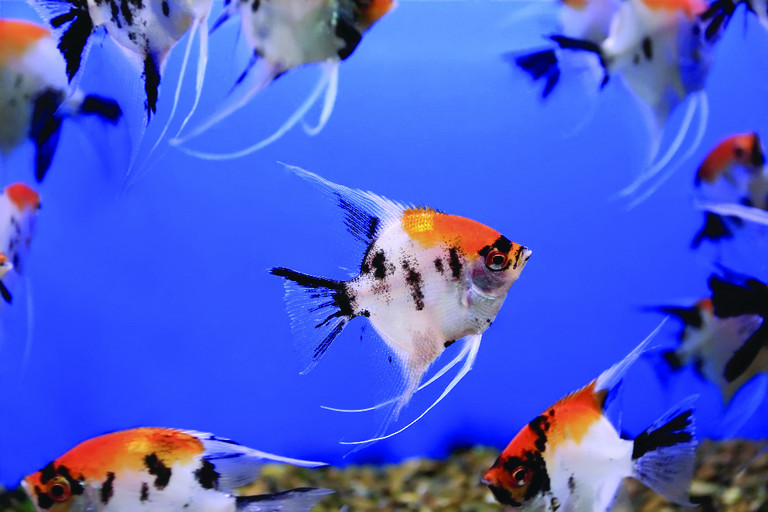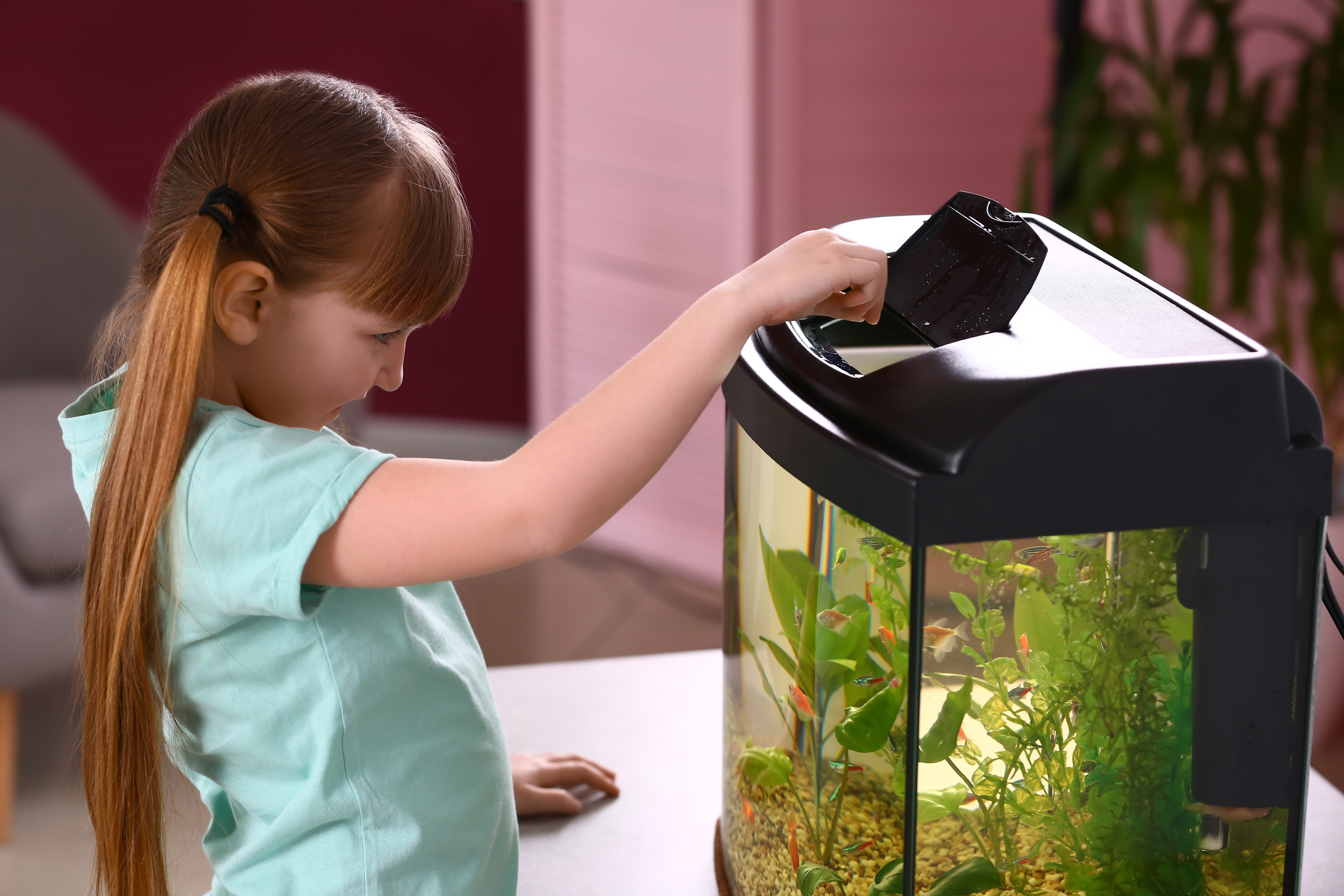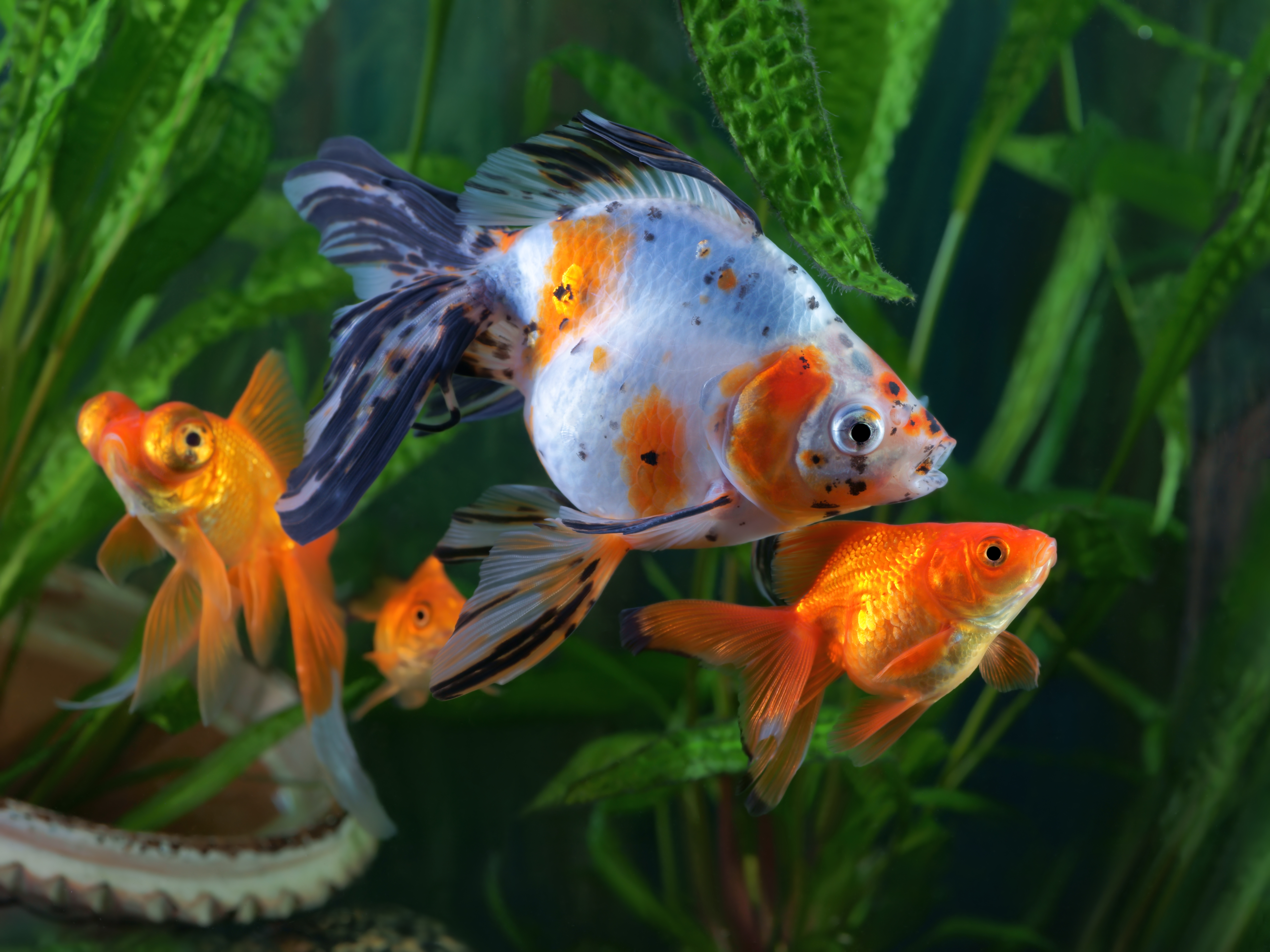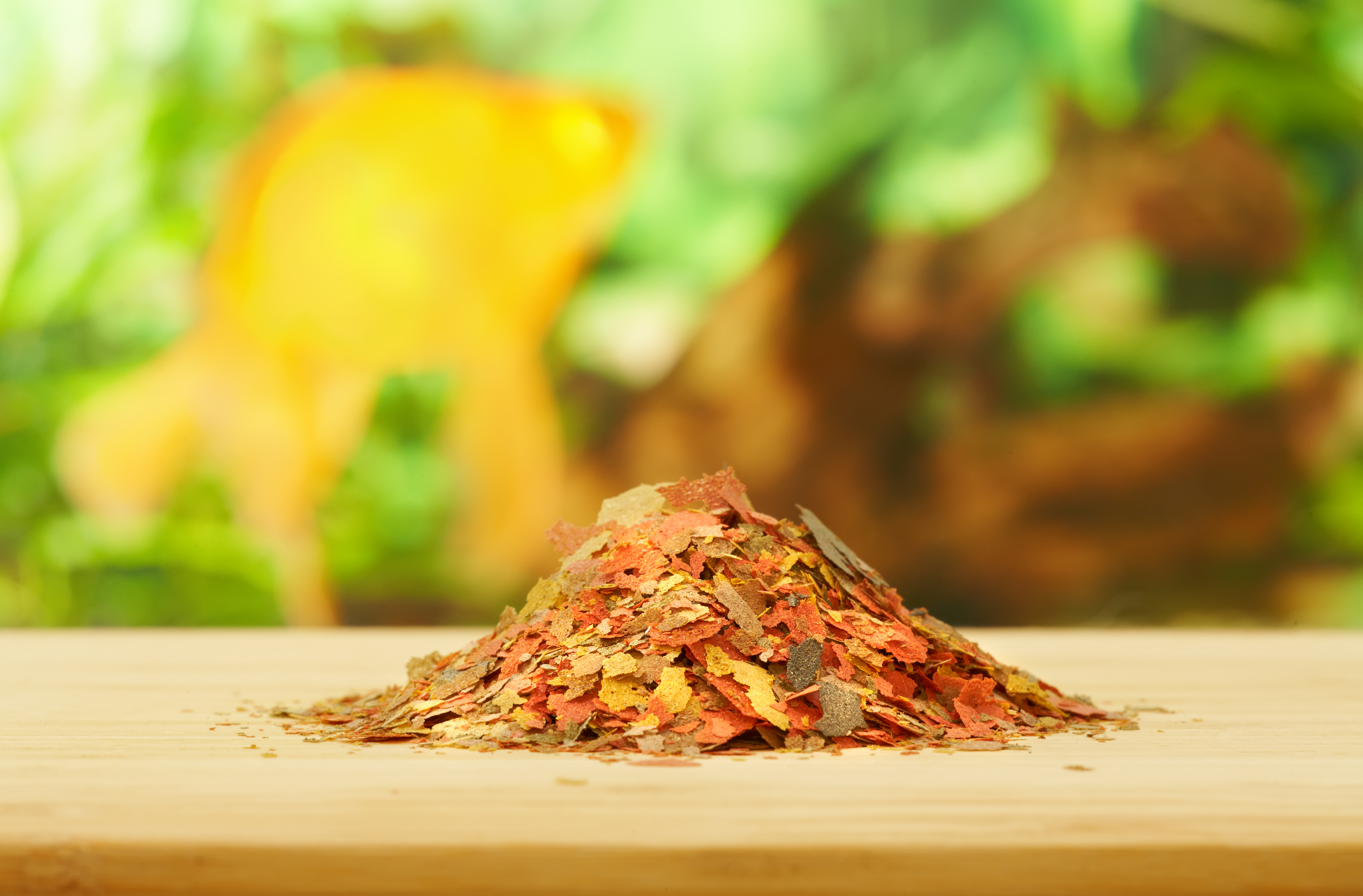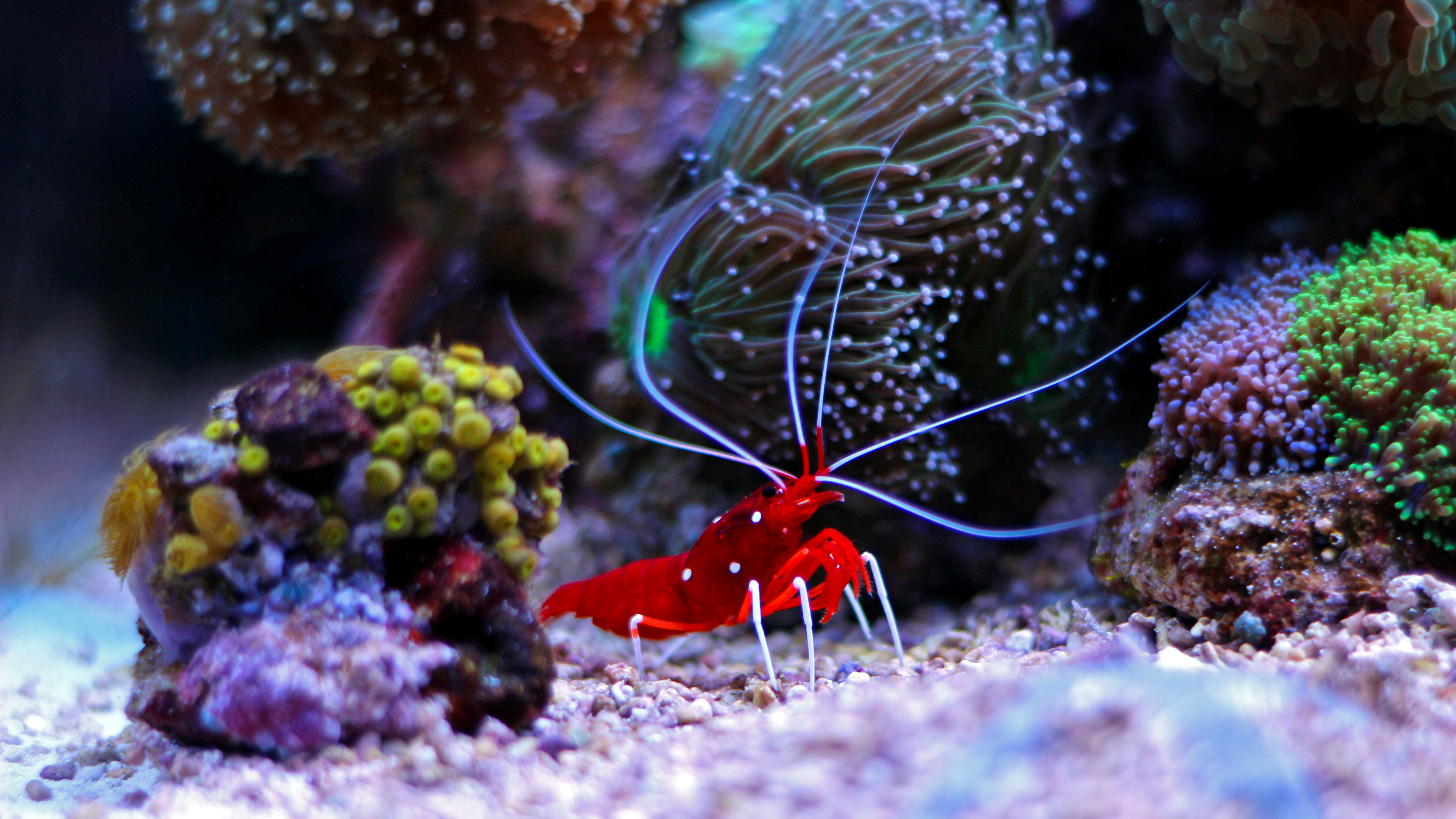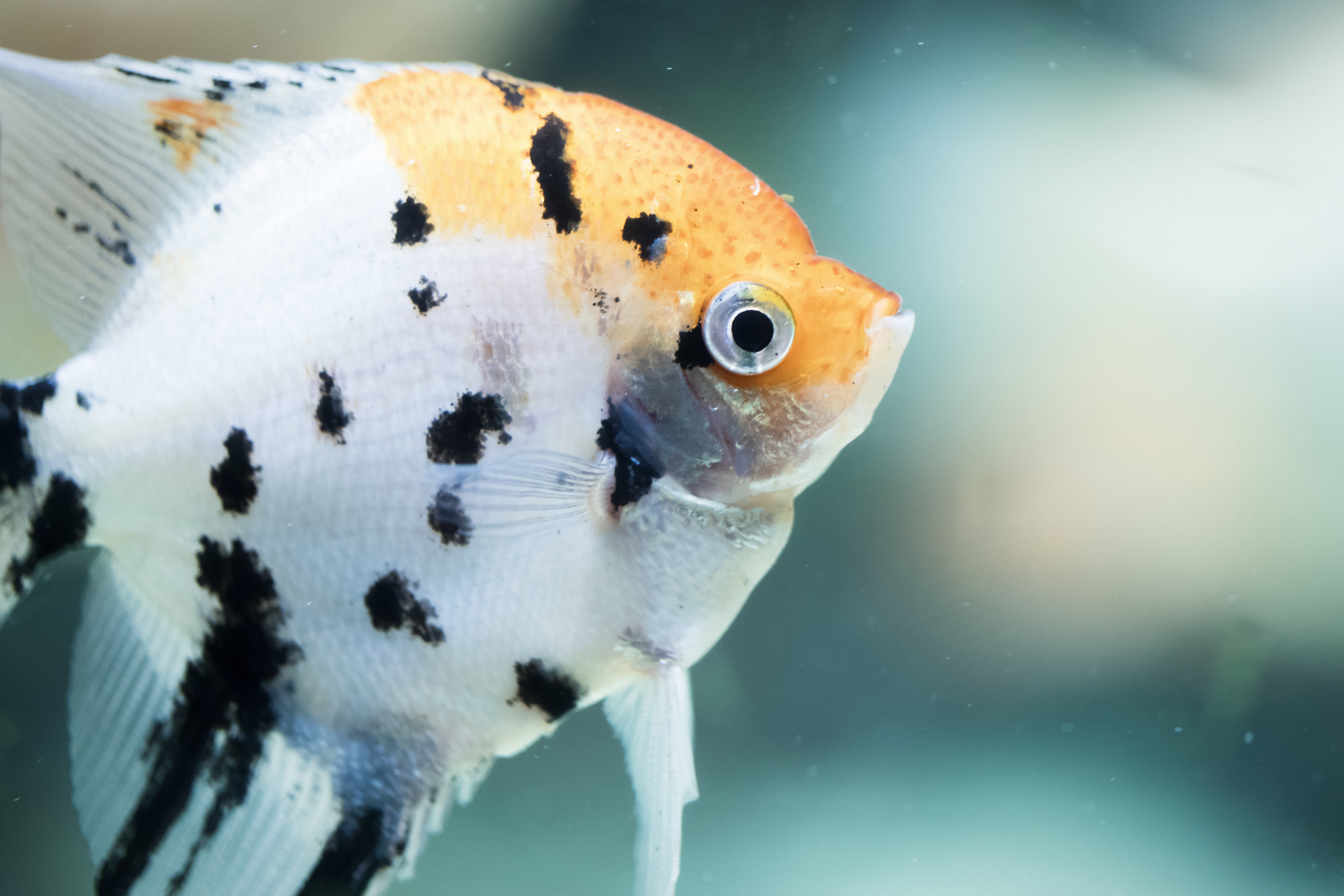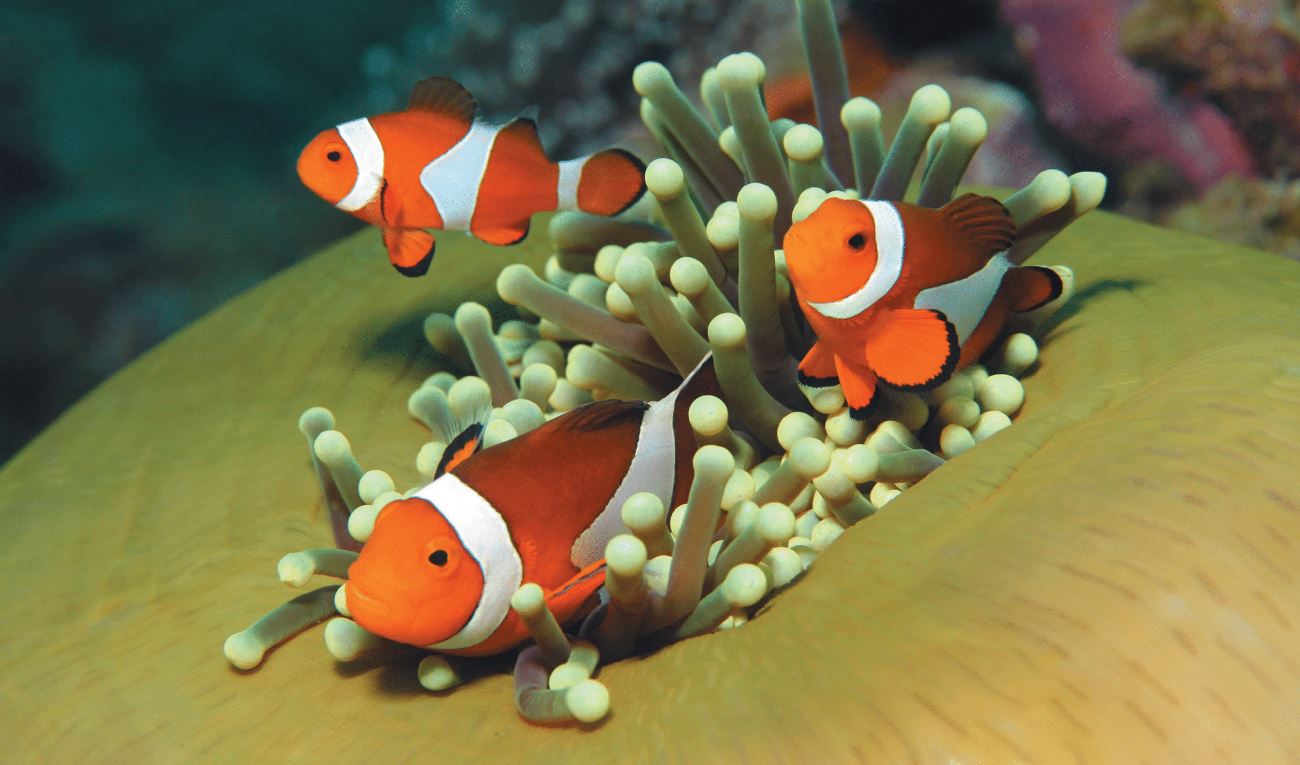Many Choices When Deciding How to Stock Tanks
Tom Mazorlig //April 3, 2014//
One of the biggest recent trends in aquatic livestock is the move away from wild-caught animals to tank-raised and aquacultured animals. Many suppliers are now producing a significant percentage of their own livestock, as well as partnering with other facilities that culture quality animals.
“We breed more than 50 varieties of clownfish and dozens of types of blennies, dottybacks, gobies, marine bettas, and others from broodstock here in our operations,” John Carberry, owner and CEO of Sustainable Aquatics, said. “Sustainable Aquatics is investing heavily in infrastructure to breed new animals never before produced for the hobby, including a pelagic spawning development project.”
Michael Griffith, account executive at Segrest Farms, concurs.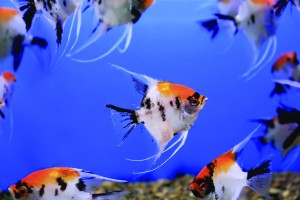
“Of the freshwater fish Segrest offers, approximately 95 percent are bred and raised in captivity,” he said. “Some of these are tank-raised, while others are captive-bred on fish farms or aquaculture facilities.”
Coral Connection
The captive production of corals was once considered impossible, but now the aquaculture of corals has been a huge success for a number of different suppliers.
“Over the past 20 years, the demand for unique aquacultured corals has skyrocketed, along with the prices consumers are willing to pay for the right coral at the right time,” Eli Fleishauer, Web editor at Quality Marine, said. “Large-polyp stony species have seen explosions in popularity. These corals aren’t new; what’s new is the appreciation of the range of color morphs now available as a result of large-scale coral production.”
Dustin Dorton, president of ORA, agrees.
“Our company offers an entire line of aquacultured corals grown in Florida,” he said. “These are hardy and are disease- and parasite-free. We have a huge variety from beginners’ corals to rare and difficult-to-find species. We are always coming out with new corals.”
Rare Breeds
Aquarium hobbyists often are looking for captive-produced varieties of fish that aren’t seen in nature. The popularity of the numerous morphs of clownfish is just one example of this trend.
“We have been seeing the demand for twists on existing species,” Griffith said. “[Along with clownfish] you also see it in the line-bred variants of fish, such as the Electric Blue variants of several fish [most notably Rams and Jack Dempseys], as well as with the Balloon-Body forms of Mollies and Rams.”
Another trend in the hobby is downsizing, as both freshwater and saltwater nano-tanks are going strong, Griffith said.
“More and more hobbyists are delving into the challenges of creating miniature habitats, particularly in both the planted tank and the reef realms,” Griffith said. “This creates a need for species that are suitable for such small aquariums, species such as Danio tinwini, Celestichthys margaritatus, Otocinclus affinis, and the various freshwater shrimp.”
As one would expect, different species are best-sellers for different suppliers.
“We are one of the largest suppliers of GloFish fluorescent fish in the country,” he said. “We also see a huge demand for our Florida Breed Neon Tetras. Both of these fish are very popular among the more casual customers due to their brilliant colors and relatively small size.”
Fleishauer said one of their most popular animals is the aquacultured Banggai Cardinal.
“The Banggai Cardinal is a species of concern as far as wild populations are concerned because of the popularity of the fish, the ease of wild collection, and the limited natural range of the animal,” he said. “While they are easy to breed in captivity, they do not do so very rapidly, making commercial reproduction challenging. We are working with a culture facility that is producing them on an unprecedented scale, solely for Quality Marine distribution.”
Dorton and Carberry said that clownfish are both their company’s best-sellers.
“ORA has about 30 varieties of clownfish, from natural wild-type clowns to extremely designer fish,” Dorton said.
Making the Sale
When it comes to selling livestock at the retail level, suppliers had some tips to share.
“If possible, keep them separate from wild fish to prevent aquacultured fish from being exposed to wild diseases,” Dorton said. “Aquacultured fish are not weaker than wild fish, that’s a myth, but they could be exposed to parasites and other illness that they haven’t encountered before.”
When aquacultured marine fish of certain species aren’t available, retailers should pay some attention to how those fish are collected.
“Seek to buy only cyanide-free fish,” Carberry said. “Losses after arrival, even three weeks out, should not exceed a few percent. If loss is much higher, you are probably dealing with cyanide-caught fish. Work with suppliers who can be counted on to provide animals with three-week survival in the 95 percent range. To maximize sales of livestock, Griffth recommends “taking the time to create the best visual displays possible.”
“Don’t be afraid to experiment with how the tanks are displayed or lighted,” he said. “Changing the visual impression of your tanks is a great way to avoid letting your fish department become stagnant and boring.”
He also reminds sellers to “take care to ensure the health of your fish. Nothing will drive away business faster than a reputation for selling a bad product.”
Fleishauer offered this high-tech tip: “Many of our customers utilize our Tank Tags, vinyl friction stickers with a scannable QR code,” he said. “The QR code tells the fish’s whole story: where it came from, when it arrived at Quality Marine, when it was sold, husbandry tips, etc. It also works as a great ID tool and price tag. Customers can find out everything they need about a fish in a display, even if all the employees in a store are busy.”
